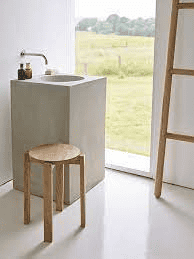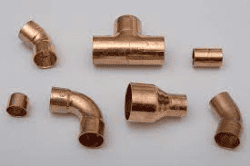When it comes to pipe fittings, there are plenty of options available. From adaptors to reducers, and tees to unions, understanding the difference between the many types of pipe fitting is key to choosing the right part for the task at hand.
Pipe fittings are available in a wide variety of materials, ranging from plastics such as PVC through to cast iron and brass. Commonly, people opt for stainless steel and copper pipe fittings, as these offer good resistance against corrosion. Copper pipe fittings also provide natural antimicrobial properties, which make them ideal for applications where hygiene is important, such as plumbing for drinking water. You can learn more about pipe fittings at.
Elbow Pipe Fittings
Elbow pipe fittings are one of the most popular types of fitting, and connect two pipes which have the same or different diameters. This type of fitting connects the pipes at an angle and comes primarily in a choice of 45°, 90°, or 180° angles, although it is possible to cut or work the fitting to achieve other angles if necessary. The angled nature of this type of join means that some water pressure will inevitably be lost as a result of the impact, friction, and subsequent re-acceleration of the water flow.
Categorising Elbows
With an elbow pipe fitting, categorisation comes from the length of the part from its centre to end. This measurement is known as the “centre to face”, and is equal to the radius through which water must travel when the join bends the flow. For fittings where the radius is the same as the pipe diameter, the elbow pipe fitting is known as a Short Radius Elbow (or SR Elbow) fitting and will typically be used in cases where clearance will be a factor due to lack of space. It is best used for low-pressure, low-speed pipe runs. For elbow pipe fittings with a radius that is greater than the pipe diameter, the name Long Radius Elbow (or LR Elbow) is used and is preferred for runs where the flow will be high pressure and high speed.
The way in which the pipe connects to the elbow fitting will also differ, with several joining options available. These options include butt-welded elbows, socket-welded elbows, and threaded elbows. The choice will depend upon factors such as pressure of the flow and whether access will be needed for pipe maintenance.


